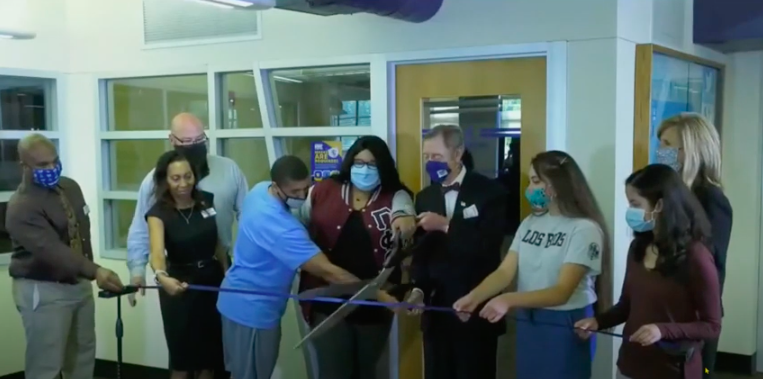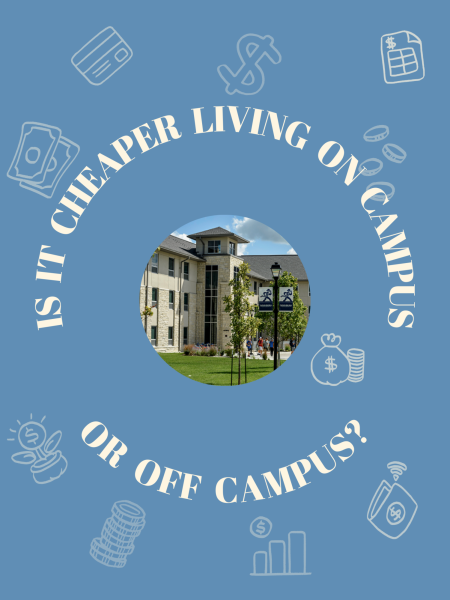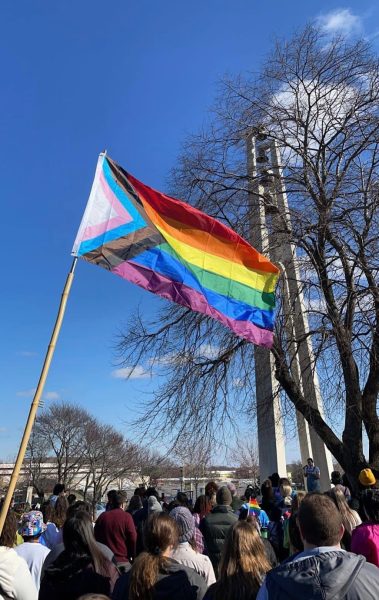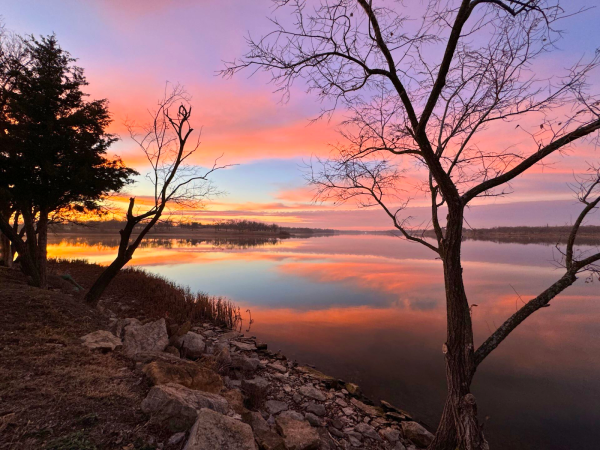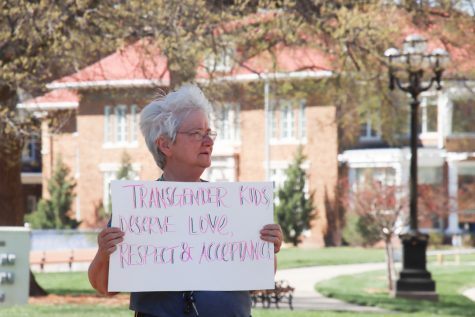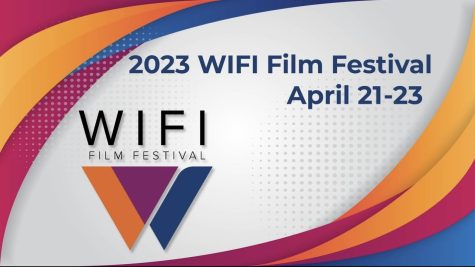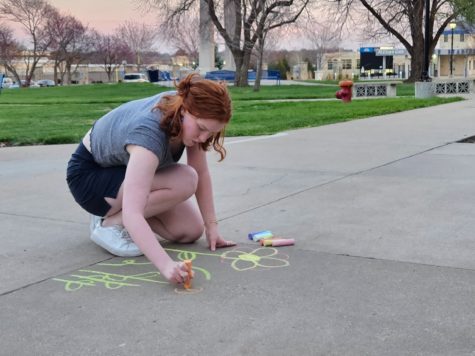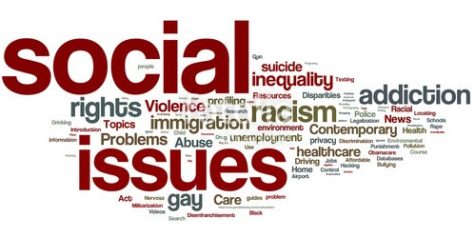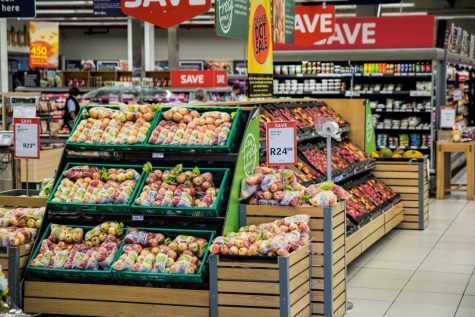Multicultural space created for students
The new Multicultural Intersectional Learning Space had its grand opening meeting and ceremony on Friday in the basement of the Union. Folks gathered together to celebrate a new beginning for students who need support in a safe environment. This outreach and its leaders have a goal to help with improving cultural understanding throughout the campus community. Students who identify themselves as belonging to a historically marginalized population need help with continuing through to graduation. The emphasis is to welcome them, support them, and provide resources and educational opportunities.
Danielle Dempsey-Swopes, Director of the Washburn University Office of Diversity and Inclusion opened the ceremony. “This space was created as a part of Washburn University’s commitment to its core value of inclusion and their effort to ensure that students feel welcome, feel included, and know that they belong at Washburn University,” said Dempsey-Swopes.
Dr. Eric Grospich, Vice President of Student Life, and his colleague Dempsey-Swopes led the effort to make the space a reality. Student centers like this are being opened throughout the country. They engage in mentoring, leadership and supportive activities, focus areas that assist in academic success and the pursual of a higher education.
Multicultural students had asked for a space on campus where they could safely meet and collaborate. Victoria Smith, President of the Washburn Government Student Association, told students, “Use this space to come together, support each other, and learn from one another.” She thanked the students for being so courageous and for speaking up. They will have an opportunity to learn about each other and the world around them through the points of view and stories represented by many diverse populations and cultures.
The Director of the Washburn University Office of Student Involvement and Development, Isaiah Collier, defined intersectionality as a framework to better understand how aspects of a person’s social and political identities such as gender, sex, race, sexual orientation, physical appearance, disability, and religion are combined to create modes of discrimination and gain advantage. He said that there are multiple sources of oppression that one can identify with. The word intersectional embodies the idea that we are complex, and influenced by several factors, rather than defining ourselves as one thing based on labels.
Dr. JulieAnn Mazachek, Vice President of Academic Affairs, described it as a place where students feel comfortable being themselves without judgement. “It is an imperative first step…and there is much left to do…we have a genuine hope and commitment to help generate a better tomorrow,” said Mazachek.
Students will have the opportunity to engage in coalition building with other student organizations. They can learn to advocate for social justice, and community engagement. It is a place where students can have discussions, and share ideas. Analisa Chavez-Munoz, President of the Hispanic American Leadership Organization stated at the meeting, “We will have the difficult conversations and we will take action. We take the initiative when needed. It’s fascinating to see history being made on this campus…there’s only going up from here…we will continue to use our voices.”
President of Washburn University, Dr. Jerry Farley was positive. He said that the idea for the space is based on hope that things will always change for the better, and lead to success for everyone at the university. He told the leaders of the organization that they have this opportunity to do something new and important. He wants to make sure that they are prepared. It will be a challenge to sustain, but Farley encouraged everyone to keep at it and to expect success.
The last words of his speech covered thoughts about the pandemic and social distancing in relation to the new space. “We want to make sure we socialize, which will help us endure. We will be sustainable…I challenge you to think about how you can help bring about that sustaining belief, that hope, to a realization that we will continue to do something good and positive,” said Farley. “Make it something you are proud of, that will bring change, something that matters.” The ceremony, live on the internet, ended with Farley and students cutting the ribbon.
Edited by Shelby Spradling
Your donation will support the student journalists of Washburn University. Your contribution will allow us to purchase equipment and cover our annual website hosting costs.



